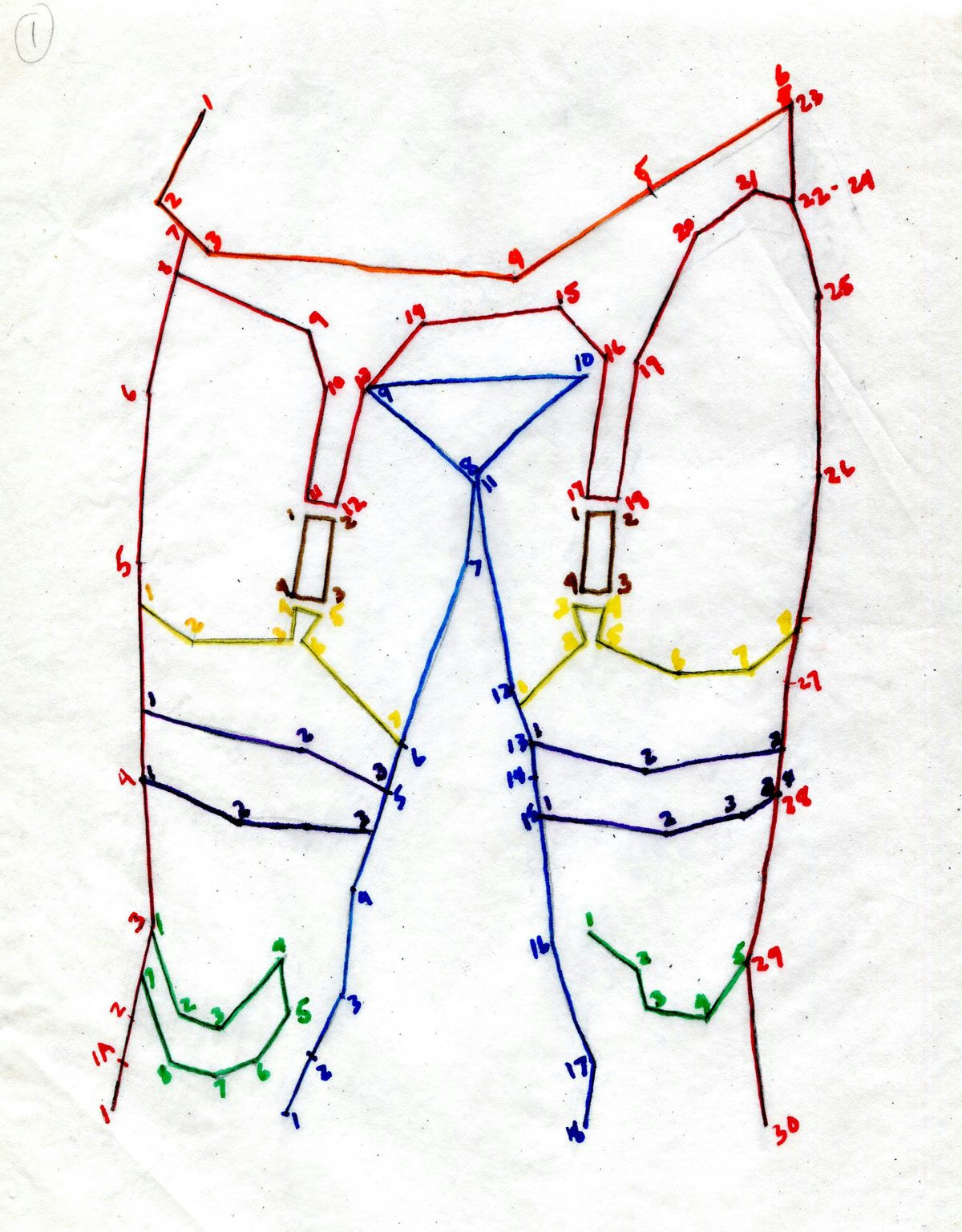The Monthly Interview: Rebecca Allen
As Tate Modern opens a new show on the advent of digital art, one of its early pioneers discusses the reasons it’s been overlooked historically and why she’s not interested in the new era of AI art
While you may or may not be familiar with her name, there are few living artists who’ve had as much influence on digital culture as Rebecca Allen. Starting out in the early 70s, she was one of the first people to use the computer as an artistic tool. Over the course of her five-decade career, she’s helped pioneer everything from motion-capture and 3D modelling to Artificial Life, as well as collaborating with cultural figures including Kraftwerk and Nam June Paik, aka the ‘father of video art’.
In recent years, the US artist has finally started to receive due recognition for her role in shaping the digital art landscape today. Her work is part of permanent collections including at MoMA in New York, and is increasingly being shown internationally, most recently as part of Tate Modern’s new blockbuster exhibition Electric Dreams. Featuring two of her most seminal pieces, Steps (1982) and Creation Myth (1985), the show places the artist’s body of work in the context of more than 70 other early innovators working before the dawn of the internet age.
Allen’s early interest in computers came while studying at Rhode Island School of Design, where she learned about how art movements such as Bauhaus, Constructivism and Futurism had been born out of the industrial age. “I thought, the computer age is going to have the next big impact on society,” she recalls. Going against her tutors, who like the rest of the art world were of the view that “artists and computers don’t make sense”, she convinced the neighbouring Brown University to grant her access to its computer science lab, which was doing some of the earliest work with computer graphics at the time.





